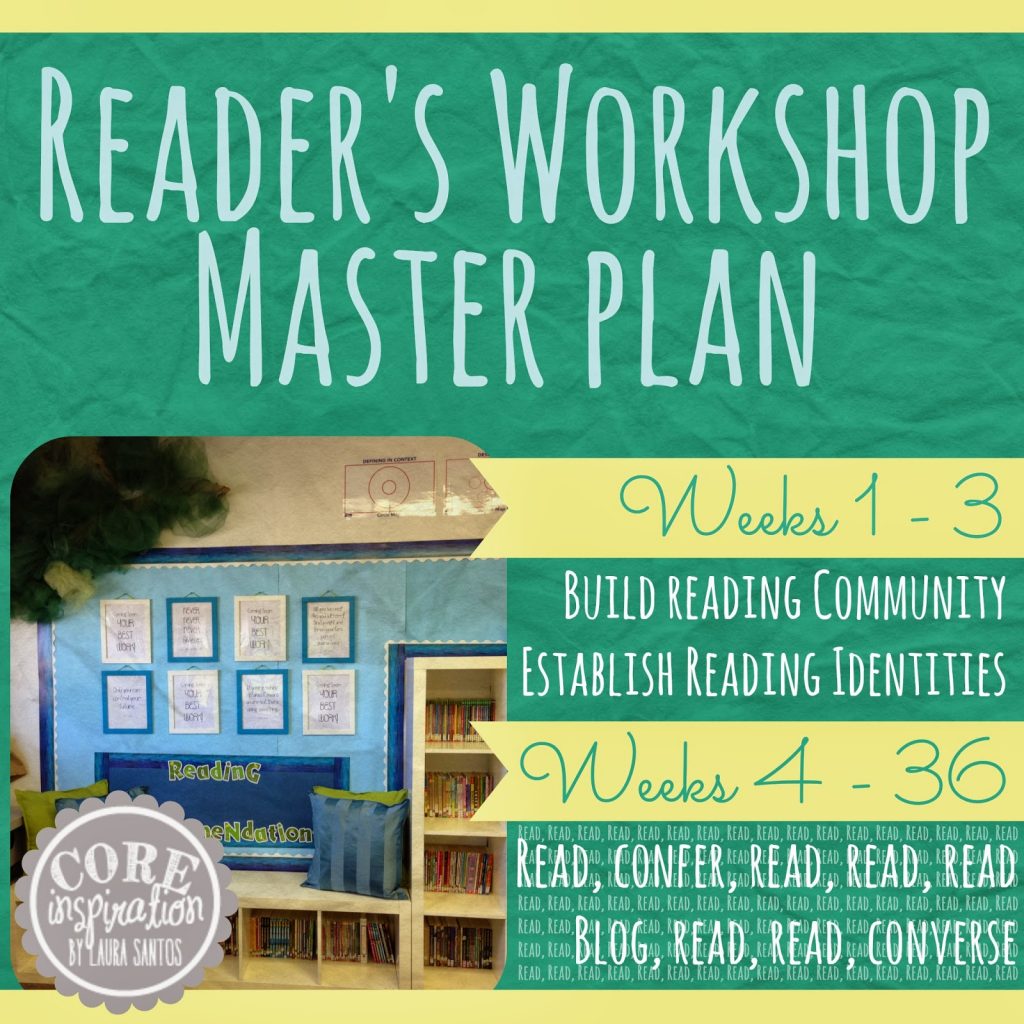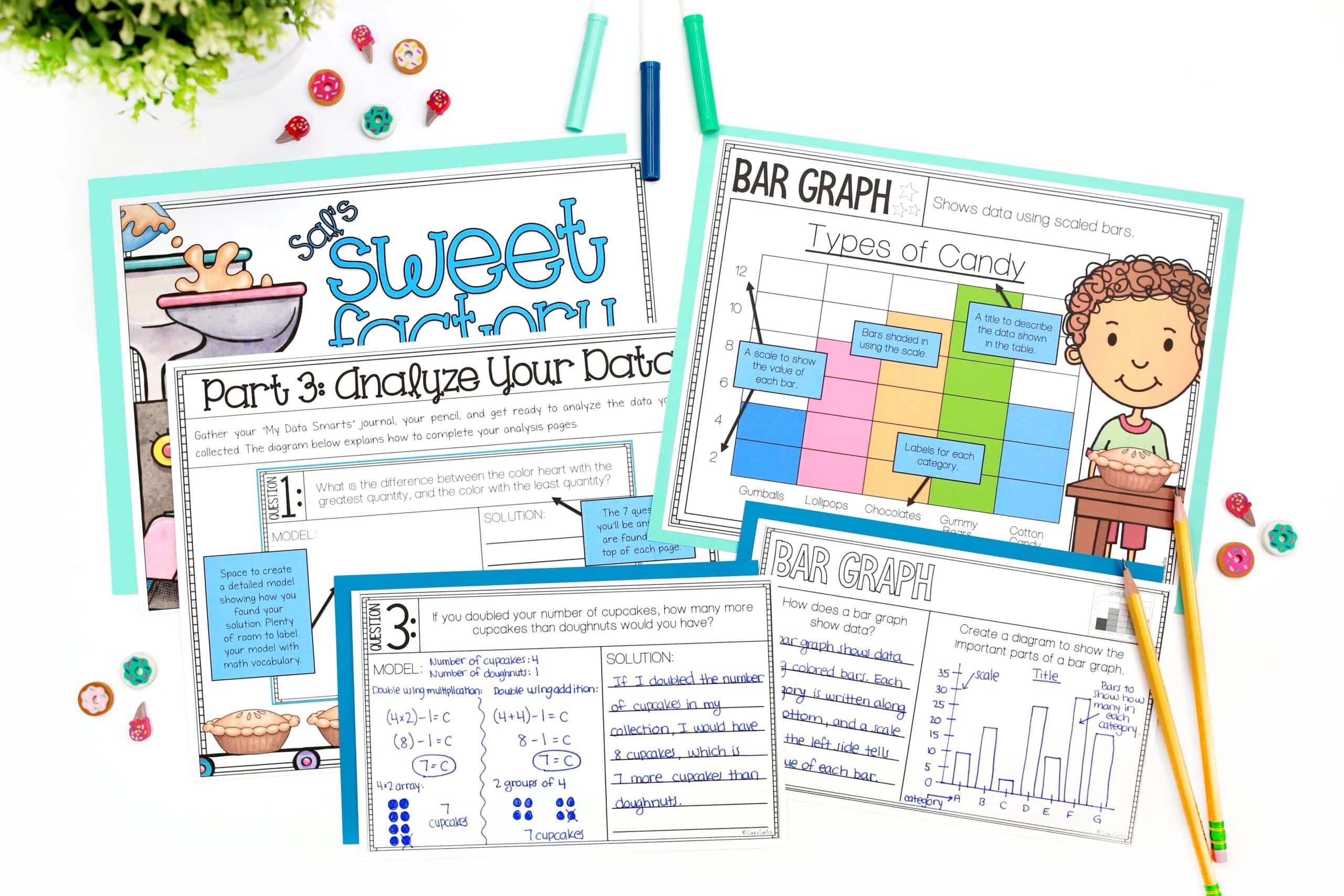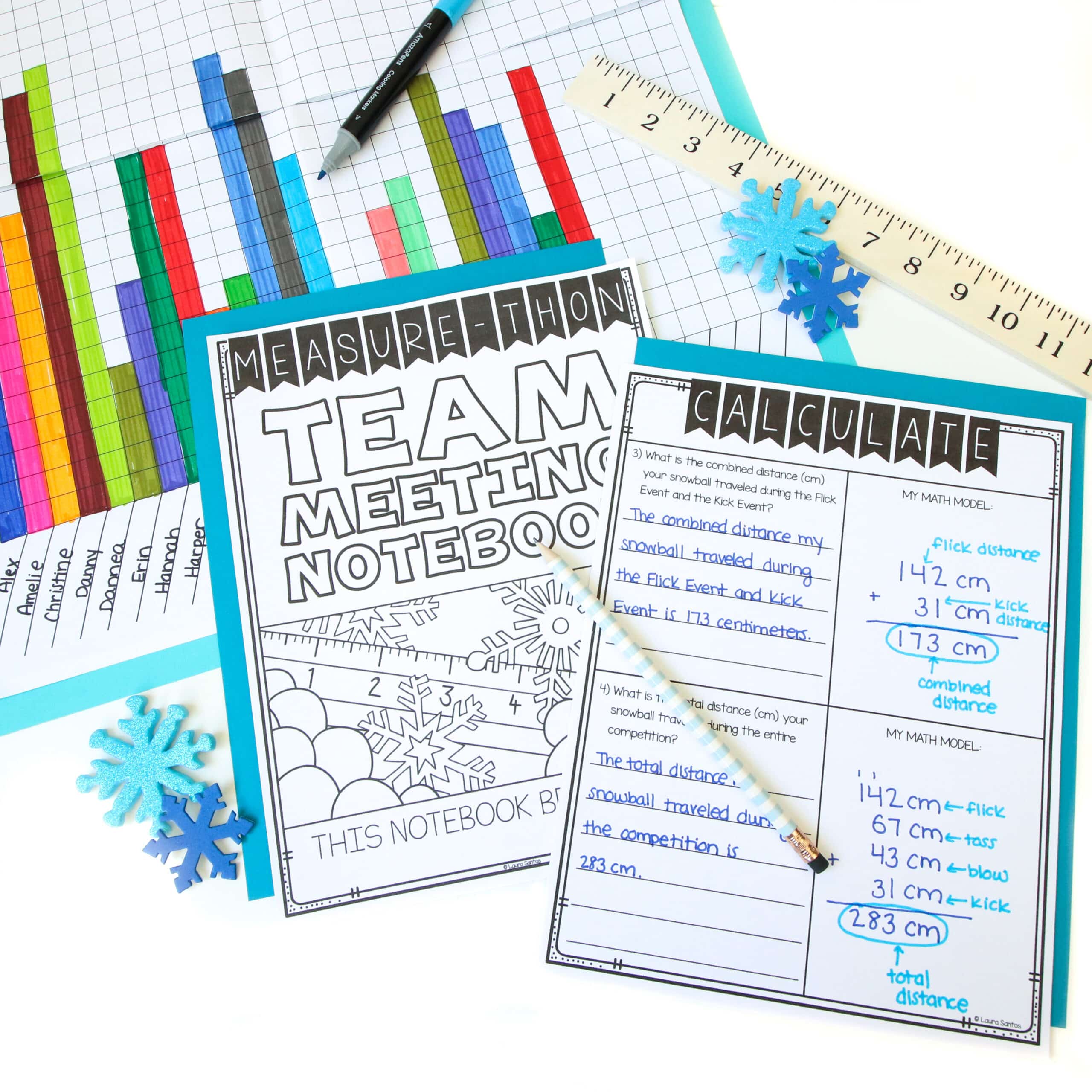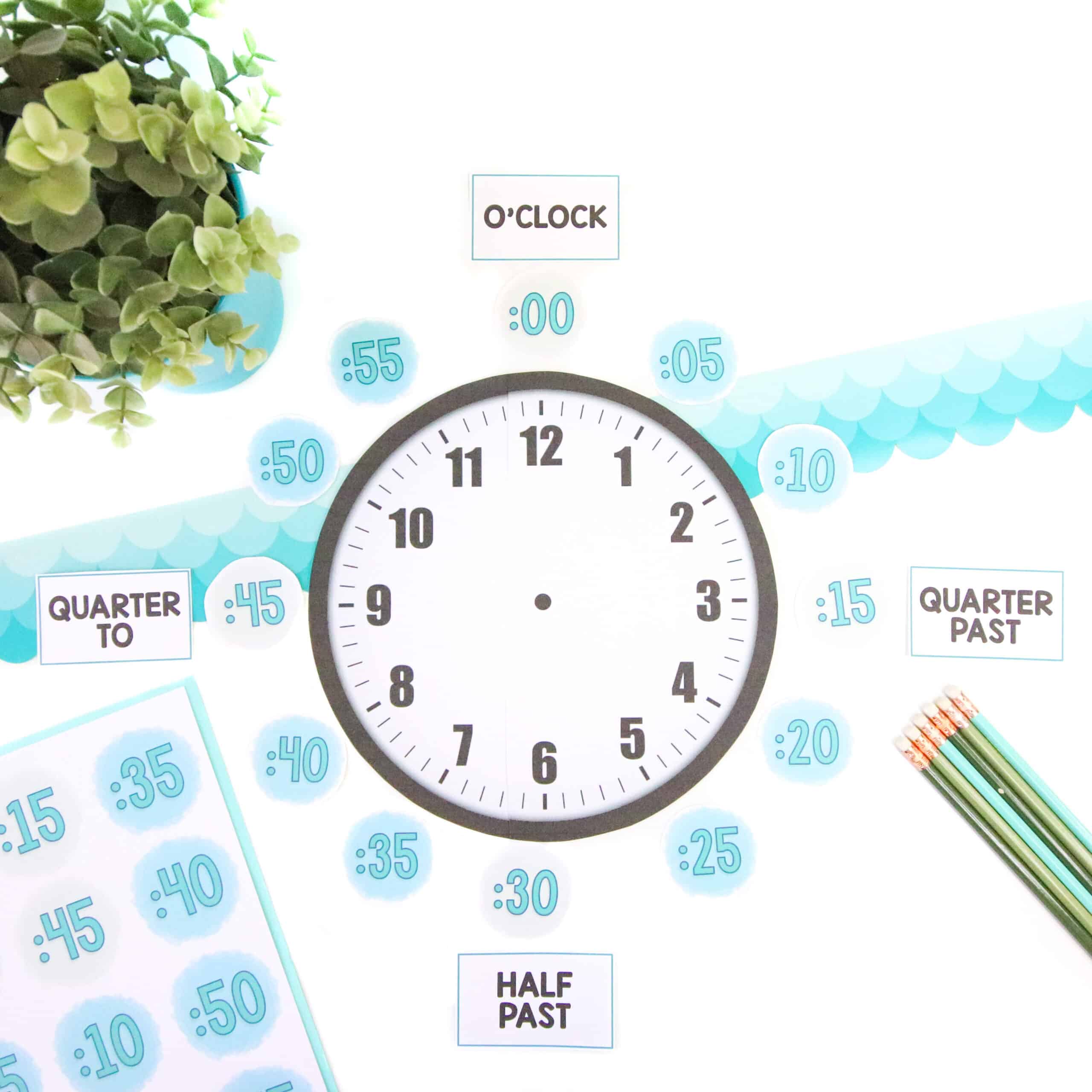Before we get into the nitty-gritty details of the Reader’s Workshop model I love so dearly…a bit of background.
My classroom is a place where students learn from hands-on experience, explore their interests, converse, make mistakes and problem solve. I love to equip my third graders with tools that help them become independent learners in and out of the classroom. Donalyn Miller’s The Book Whisperer validates all of these aspects of teaching in relation to reading instruction. Her words and experience boost my confidence in justifying the learning my students and I gain from our Reader’s Workshop experience each day.
Prior to reading Miller’s book, my master plan for Reader’s Workshop was filled with units and mini lessons that covered every state standard. Teaching reading skills and strategies is undoubtedly essential to reading instruction. Therefore, I use structures like close reading and literature circles during our RTI reading block in the mornings to ensure my students are equipped to become stronger readers.
Our afternoon 45-minute Reader’s Workshop is a time when students have the opportunity to apply these reading strategies in a natural way through reading, conversations, blog posts and more reading…. no units or mini-lessons involved.
My new Book Whisperer-inspired master plan looks like this:
My classroom is a place where students learn from hands-on experience, explore their interests, converse, make mistakes and problem solve. I love to equip my third graders with tools that help them become independent learners in and out of the classroom. Donalyn Miller’s The Book Whisperer validates all of these aspects of teaching in relation to reading instruction. Her words and experience boost my confidence in justifying the learning my students and I gain from our Reader’s Workshop experience each day.
Prior to reading Miller’s book, my master plan for Reader’s Workshop was filled with units and mini lessons that covered every state standard. Teaching reading skills and strategies is undoubtedly essential to reading instruction. Therefore, I use structures like close reading and literature circles during our RTI reading block in the mornings to ensure my students are equipped to become stronger readers.
Our afternoon 45-minute Reader’s Workshop is a time when students have the opportunity to apply these reading strategies in a natural way through reading, conversations, blog posts and more reading…. no units or mini-lessons involved.
My new Book Whisperer-inspired master plan looks like this:
Although the lessons conversations included in the first weeks result in students becoming masters of book care, library navigation and just-right-book selection; the real focus is on students discovering their reading identity and finding a voice in our community of readers.
Each day, students are asked a question to guide them in creating an effective and productive Reader’s Workshop routine. My students take great pride in knowing they created a workshop that is their own and are more likely to keep each other on a productive track if needed later in the year. The week before spring break comes to mind.
As for those tried-and-true techniques and routines I want to sneak in…I introduce them as suggestions to address the wants and needs of my readers. They are always so excited to see their ideas considered and usually accept these recommendations with open arms and a few suggestions for improvement. I know my class is ready to move beyond “the first weeks” when they demonstrate a strong grasp on the requirements of a successful reading community. Some years these three weeks may need to be extended to four or more depending on the cast of characters.
Feel free to take a closer look at my plans for “The First Weeks” and tweak them to fit the needs of your classroom.
Each day, students are asked a question to guide them in creating an effective and productive Reader’s Workshop routine. My students take great pride in knowing they created a workshop that is their own and are more likely to keep each other on a productive track if needed later in the year. The week before spring break comes to mind.
As for those tried-and-true techniques and routines I want to sneak in…I introduce them as suggestions to address the wants and needs of my readers. They are always so excited to see their ideas considered and usually accept these recommendations with open arms and a few suggestions for improvement. I know my class is ready to move beyond “the first weeks” when they demonstrate a strong grasp on the requirements of a successful reading community. Some years these three weeks may need to be extended to four or more depending on the cast of characters.
Feel free to take a closer look at my plans for “The First Weeks” and tweak them to fit the needs of your classroom.







